-
- Products
- Indoor Household Cords
- Appliance Cords
- General Purpose Short-Length Cords
- General Purpose Extension Cords
- Landscape & Decorating Cords
- Bright Color Extension Cords
- Oil-Resistant Extension Cords
- Cold-Flex Extension Cords
- VividFlex Power Cords
- EXTREME All-Weather Cords
- Cord Management
- Task Lights
- Adapters & GFCI Devices
- Where to Buy
- About
- Careers
- Glossary
- Catalog
- Products
- Indoor Household Cords
- Appliance Cords
- General Purpose Short-Length Cords
- General Purpose Extension Cords
- Landscape & Decorating Cords
- Bright Color Extension Cords
- Oil-Resistant Extension Cords
- Cold-Flex Extension Cords
- VividFlex Power Cords
- EXTREME All-Weather Cords
- Cord Management
- Task Lights
- Adapters & GFCI Devices
- Where to Buy
- About
- Careers
- Glossary
- Blog
-
-
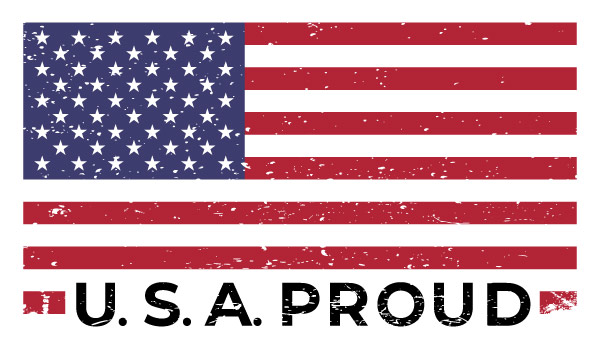
Why You Need Cable for a Seamless Streaming Experience
In today's digital landscape, the thirst for high-quality streaming experiences is more significant than ever. A recent report by the Leichtman Research Group revealed that over 80% of households in the U.S. subscribe to a streaming service, underscoring the growing reliance on robust internet connections. However, as consumers flock to streaming platforms, many overlook the essential role that traditional cable services can play in enhancing their viewing experience. To fully appreciate the seamless streaming that we all crave, it is crucial to understand why you need cable.
Cable services not only offer a comprehensive array of channels—often surpassing the selection of those available through internet-based options—but they also provide higher bandwidth and better stability. According to a study conducted by the Pew Research Center, 56% of respondents experienced buffering or connection issues with streaming services. This disruption can easily detract from the immersive experience that viewers seek, making it apparent that combining cable with streaming services can help mitigate these frustrations. Ultimately, embracing this hybrid approach can enable audiences to enjoy their favorite shows and movies without interruption, fulfilling the promise of true entertainment.

Table of Contents
[Hide]
The Importance of Reliable Internet Connectivity for Streaming
A seamless streaming experience largely hinges on one critical component: reliable internet connectivity. In today's digital age, where binge-watching series or attending live-streamed events has become the norm, having a stable internet connection is non-negotiable. Without it, viewers may encounter buffering, pixelation, or even disconnections—disruptions that can be incredibly frustrating and ruin the flow of any viewing experience.
Cable internet, in particular, has proven to be one of the most dependable options available. It typically offers higher bandwidth and lower latency compared to other types of internet connections, such as DSL or satellite. This means that users can enjoy multiple streams simultaneously without experiencing a drop in quality. Furthermore, in households with several devices connected to the internet, the bandwidth capacity of cable services helps ensure that everyone can enjoy their favorite content without interruptions, making it an optimal choice for households that prioritize streaming.

How Cable Technology Enhances Streaming Quality and Speed
In today's digital age, streaming has become a primary source of entertainment for many. However, the quality of your streaming experience can often depend significantly on your internet connection. Cable technology plays a pivotal role in enhancing both the quality and speed of streaming. With a stable and robust cable connection, users can enjoy high-definition content without the frustrating interruptions of buffering.
Tip: To achieve optimal streaming quality, consider using a wired Ethernet connection instead of relying solely on Wi-Fi. This can help maintain a consistent signal strength and reduce latency, ensuring a smoother viewing experience.
Moreover, cable technology provides greater bandwidth capacity compared to traditional DSL or satellite connections. This allows multiple devices to stream simultaneously without degrading the overall performance. As homes become filled with smart devices, the advantages of cable become even more pronounced, providing the necessary support for today’s high-demand streaming applications.
Tip: Regularly check your cable modem and router settings for any updates or optimal configurations. Ensuring that your equipment is up-to-date can significantly enhance your streaming capabilities and prevent potential downtimes.
Why You Need Cable for a Seamless Streaming Experience
| Dimension | Cable Advantage | Streaming Speed (Mbps) | Consistency (%) |
|---|---|---|---|
| Bandwidth | Higher bandwidth compared to wireless | 300 | 95 |
| Latency | Lower latency ensures smoother streaming | 150 | 90 |
| Signal Interference | Minimal interference from other devices | 250 | 98 |
| Streaming Resolution | Supports higher resolutions without buffering | 500 | 92 |
| Connection Stability | Stable connections reduce disruptions | 100 | 97 |
Comparing Cable vs. Streaming-Only Services: What You Need to Know
When choosing between cable and streaming-only services, it’s essential to weigh the advantages and disadvantages of each. Cable television typically offers a more stable connection and a wider variety of channels, including live broadcasts of sports, news, and events that may not be available through streaming platforms. This reliability can be crucial for viewers wanting to catch real-time content without concerns about buffering or an interrupted signal.
On the other hand, streaming services offer convenience and flexibility, allowing viewers to watch their favorite shows and movies on-demand and often at a lower cost than traditional cable packages. However, the variety of channels and specific programming can vary significantly, which might lead to missing out on live events or exclusive content. Additionally, potential internet bandwidth limitations can disrupt the streaming experience. Thus, for those who prioritize live TV and comprehensive programming options, cable remains a compelling choice despite the rise of streaming services.
The Role of Cable in Minimizing Buffering and Latency Issues
In the evolving digital landscape, the importance of cable connections for streaming cannot be overstated. Research indicates that viewers often face challenges with buffering and latency, particularly when experiencing live sports events. A recent report highlighted that Tubi, as one of the streaming platforms, achieved significantly lower lag times during the Super Bowl, showcasing the effectiveness of a stable cable connection in delivering seamless viewing experiences.
Data suggests that environments with long buffering times often stem from inadequate internet speeds, which can be mitigated by using wired connections rather than relying on Wi-Fi.
Moreover, optimally configuring devices can further enhance streaming experiences. For instance, adjusting settings on apps like YouTube TV can minimize broadcast delays, ensuring that users can enjoy near real-time sports events. Studies have shown that users who utilize Ethernet connections experience a marked improvement in latency and buffering issues. This reinforces the need to consider cable options, especially for those serious about their streaming quality. With increased reliance on digital platforms for entertainment, cable remains a vital component for a seamless and uninterrupted streaming experience.
Exploring the Future of Cable and Streaming Integration
As the landscape of television consumption evolves, the integration of cable and streaming services has become more critical than ever. A report from PwC projects that by 2025, nearly 70% of consumers will subscribe to a combination of traditional cable and streaming services, highlighting the necessity for seamless integration to cater to varied viewing preferences. This hybrid approach not only enhances user experience but also allows providers to offer more comprehensive packages that appeal to different demographics.
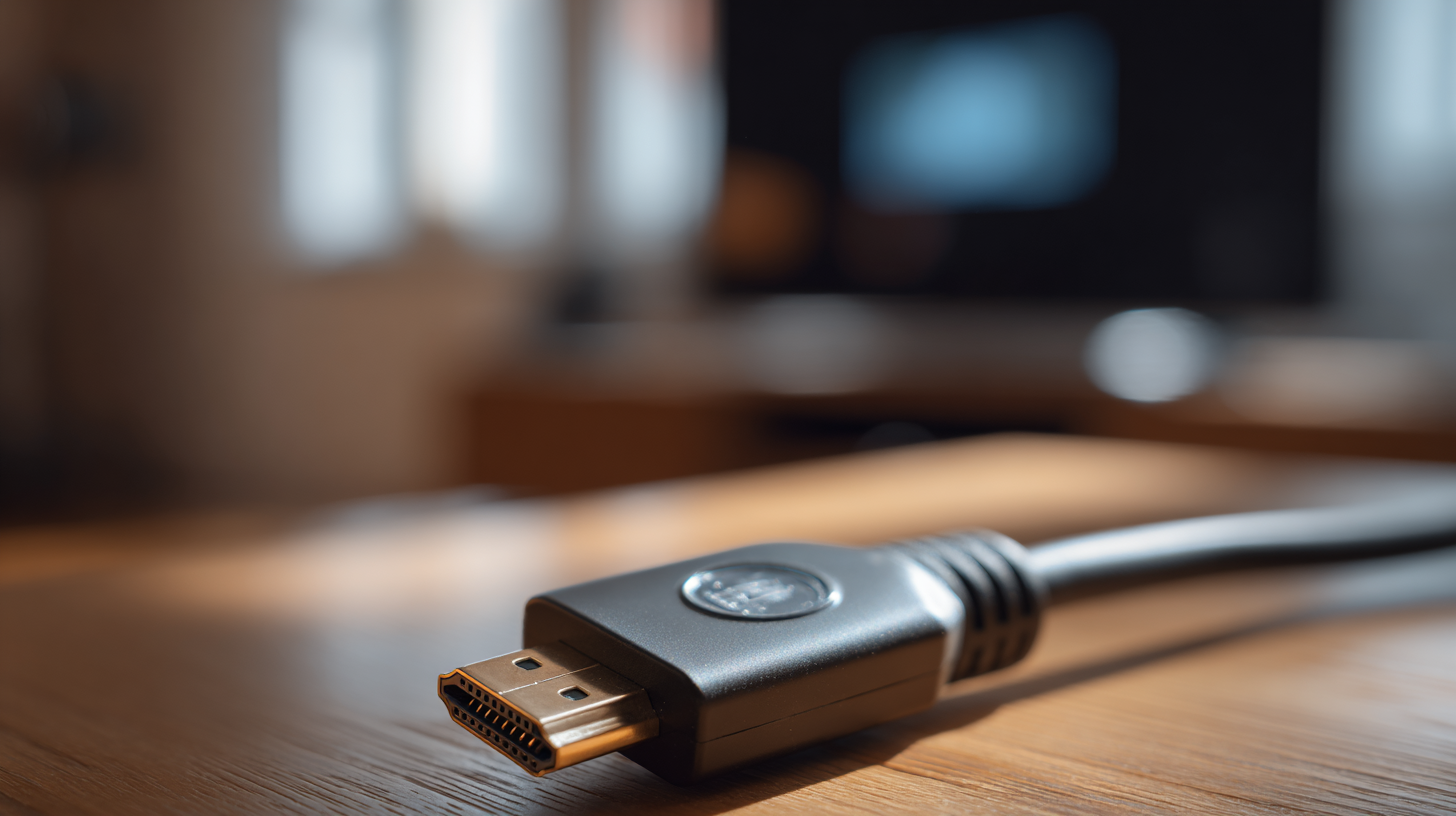
Furthermore, the rise of smart TVs and devices is facilitating this integration, as consumers seek a unified interface to access all their content without switching platforms. According to a study by eMarketer, the average American household has access to 5.5 streaming services, underscoring the demand for a system that effectively aggregates content from both cable and streaming sources. With advancements in technology, such as 5G connectivity, the future looks bright for a more integrated experience, where viewers can enjoy their favorite shows and movies without the interruptions that often come from switching between cable and online platforms.
Related Posts
-

Transform Your Home Aesthetic with the Ultimate Guide to Pretty Extension Cords
-
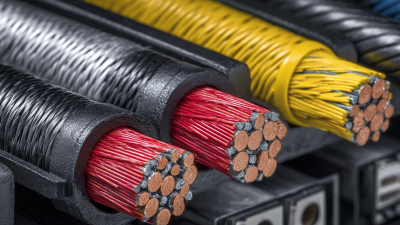
Enhancing Cable Integrity with Advanced Monitoring Technologies to Prevent Failures
-
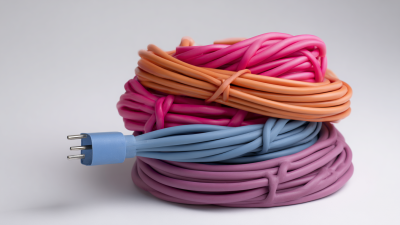
Transform Your Space: 7 Stylish and Functional Cool Extension Cords You Didn’t Know You Needed
-
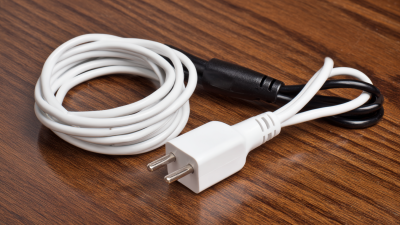
2025 Top Short Power Cord Innovations for Efficient Home and Office Use
-
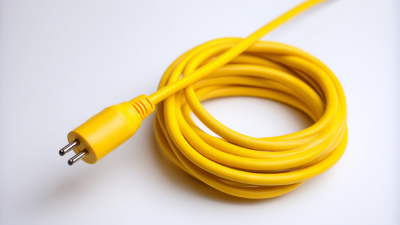
10 Essential Tips for Choosing the Right Power Cord Extension Cable for Your Needs
-
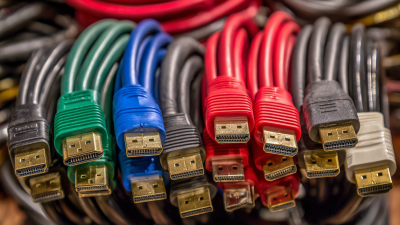
2025 Top 5 Cable Cords: Essential Choices for Every Tech Enthusiast

